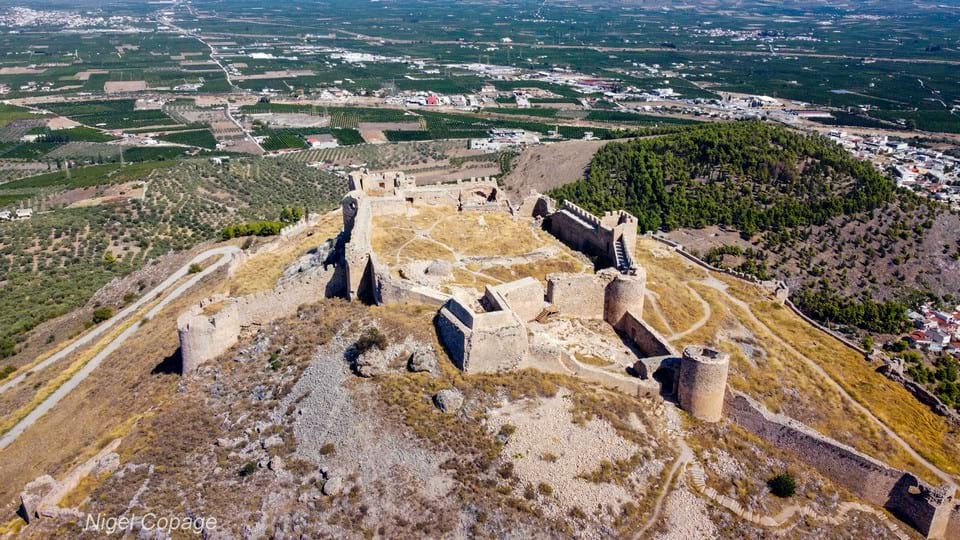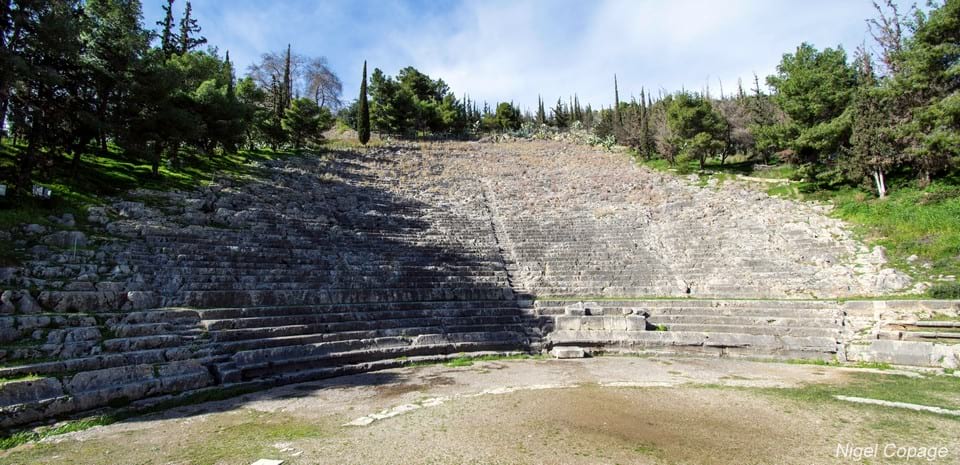
Once the most powerful city in ancient Greece, Argos has been inhabited continuously for around 7000 years. In the late Bronze Age it was a major Mycenean stronghold and featured prominently in Homer’s Iliad. Argos reached its height in the 7th century BC when it dominated other cities in the Peloponnese and even took over hosting the biennial Pan-hellenic games. It continued to be significant throughout the Classical and Hellenistic eras and was favoured under the Roman period with the addition of Roman baths and an aqueduct. The 3rd century BC amphitheatre was one of the largest in antiquity.
Mythology
The ancients believed Argos to have been named after Argus Panoptes (all-seeing), a many-eyed giant in Greek mythology. Argus was the servant of the goddess Hera and Homer described Argos as being sacred to Hera to whom a sanctuary was later built some 10km from the city. Argos was also believed to be the birthplace of Perseus, the son of Zeus and Danae, daughter of Acrisius, king of Argos. Homer mentions it as the home of Diomedes, a Trojan war hero.
History
The earliest evidence of human habitation is a Neolithic settlement at the foot of Aspis hill which dates to around 5000 BC making Argos one of the oldest continually inhabited cities in the world.
In the Late Bronze Age a city developed on the neighbouring hills of Aspis and Larissa. This became an important centre of the Mycenean civilisation, albeit smaller than nearby Tiryns and Mycenae. It appears to have reached its peak in the 14th and 13th centuries BCE.
As with other Mycenean cities, Argos went into decline around 1100 BC at the time of the “Bronze Age Collapse”. However it continued to be occupied through the Archaic period and steadily recovered. In the 7th century BC it grew rapidly under King Pheidon who among other reforms is credited with introducing a standardised system of weights and measures and various military innovations including hoplite tactics.
With Pheidon’s defeat of Sparta at the Battle of Hysiae (in 669 or 698 BC) Argos became the preeminent city in Greece and went on to preside over the Olympic Games.
For the next two centuries, Argos continued to flourish, mainly as a result of its position in the fertile Argolid plain. However it was constantly challenged by rival Sparta to whom it suffered a crushing defeat at the Battle of Sepeia in 494 BC. This defeat led to a revolution in Argos and the introduction of a system of democracy.
When shortly after this the Persians invaded, Argos declined to join an alliance to defend Greece and remained neutral throughout the Persian Wars as a result of which it became diplomatically isolated. However Argos took advantage of this period of turmoil to absorb the neighbouring states of Mycenae, Nemea and Tiryns. As a result it was in a strong position to take over organising the biennial Panhellenic games which had been first held at Nemea.
For the first part of the Peloponnese war Argos again remained neutral but in 421 BC it assembled a coalition with the aim of challenging the power of Sparta. Three years later, with some assistance from Athens, the alliance attempted to capture the city of Tegea. However the Spartans prevailed and after this failure the alliance collapsed and Argos was permanently weakened.
During the Hellenistic period, a new theatre was built to replace the smaller one which had been used during the Panhellenic Nemea games. With 81 rows of seats and a capacity of 20,000 it was one of the largest in ancient Greece.
In the Roman era, Argos was part of the Roman province of Achaea although as a result of its mythological inheritance it enjoyed a certain prestige. The Roman emperor Hadrian was a particularly generous benefactor and funded a number of constructions including thermae (Roman baths) and an aquaduct.
When at the end of the 4th century AD the Visigoths rampaged through the region Argos suffered great destruction. However it continued to be occupied throughout the Byzantine period and in the 12th century AD a castle was constructed at the peak of Larisa hill. This was later extended by the Venetians during a brief period of occupation and fortified further under Ottoman rule.
In 1821 at the beginning of the Greek War of Independence Argos castle was quickly captured by Dimitrios Ypsilantis after wealthy Ottomans had abandoned Argos and moved to Nafplion with its superior defences.
Nafplion became the first capital of the modern state of Greece shortly after it became independent. In the early 1830s it was decided the capital should move and Argos was suggested as a candidate. However this was vetoed by Ludwig, father of the young King Otto, in favour of Athens.
Excavations, restoration and modern use of the theatre
Unlike sites such as Mycenae and Tiryns which were completely abandoned, Argos has been continually inhabited with successive settlements built over the remains of older ones so making excavations difficult. For this reason only a small part of the ancient city has been excavated as most of it is covered by the modern town.
The first systematic excavations of the theatre at Argos were conducted in 1890 by I. Kophiniotis. Further excavations by the French School of Archaeology took place in the years 1930, 1954-56, 1981-82 and 1986-87. In 2004 the site underwent a major programme of restoration and conservation. Most of the artefacts found at Argos are on display in the Archaeology Museum of Argos.
Click here for a video of Argos by Philip Bekyros
Click here for information on tickets, opening hours etc
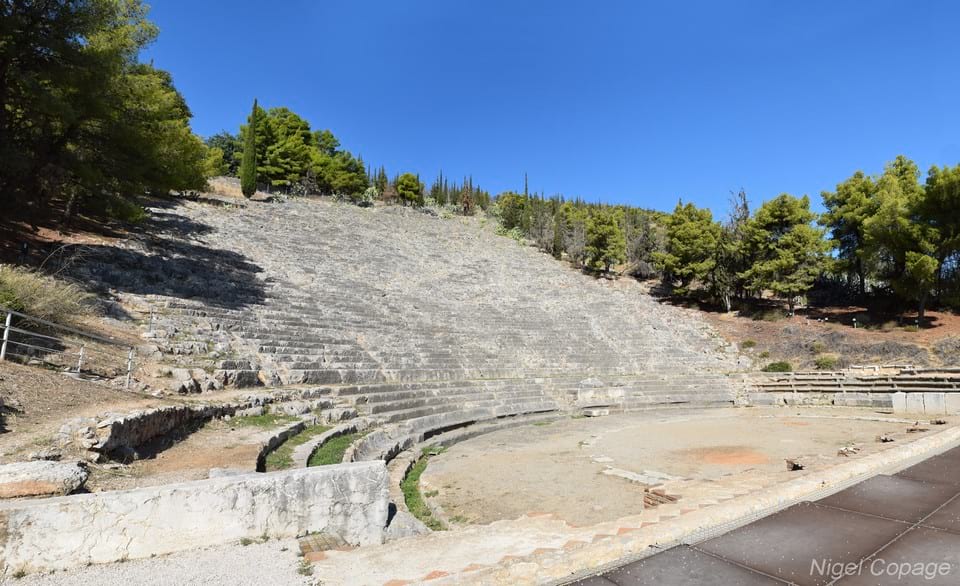
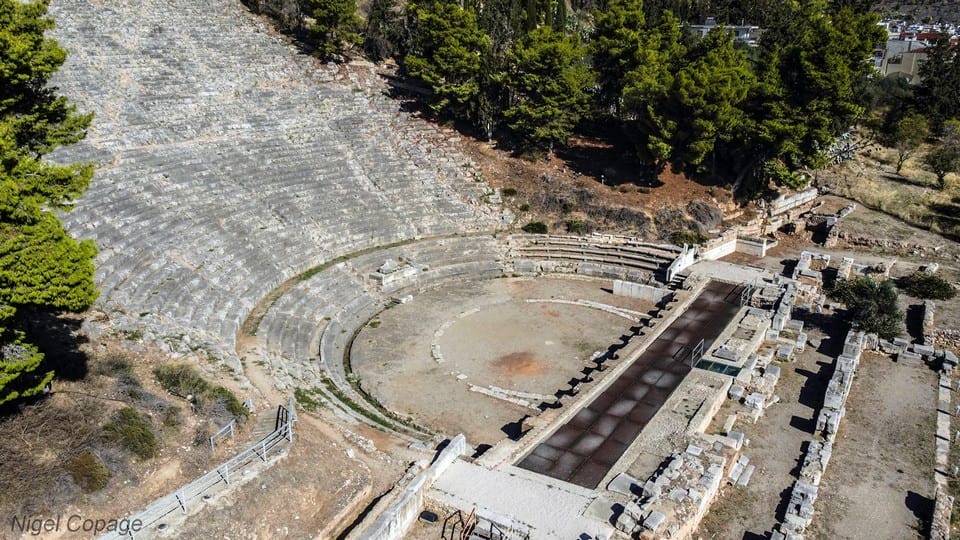
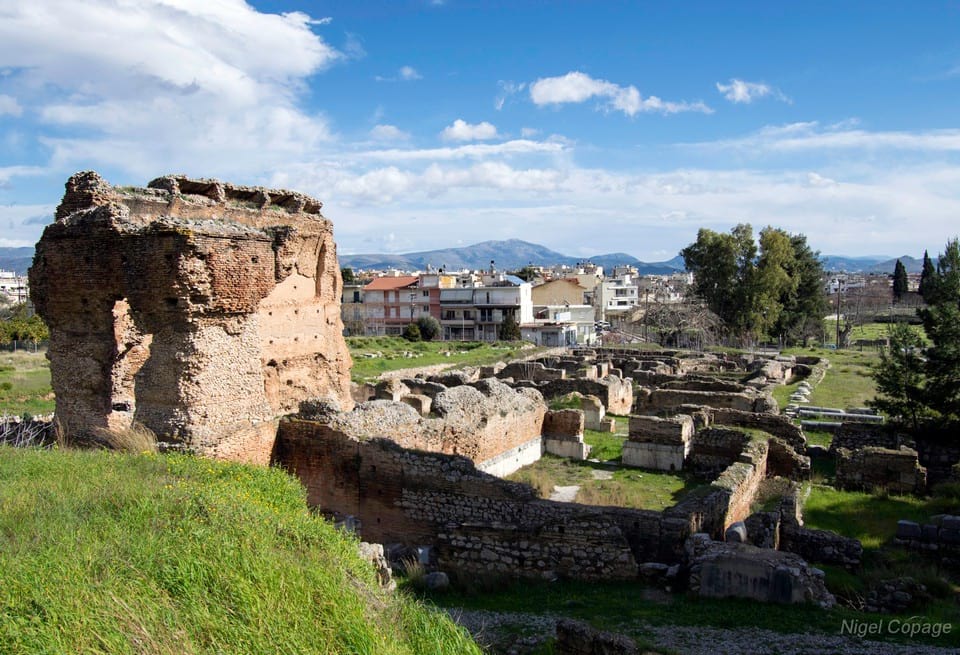
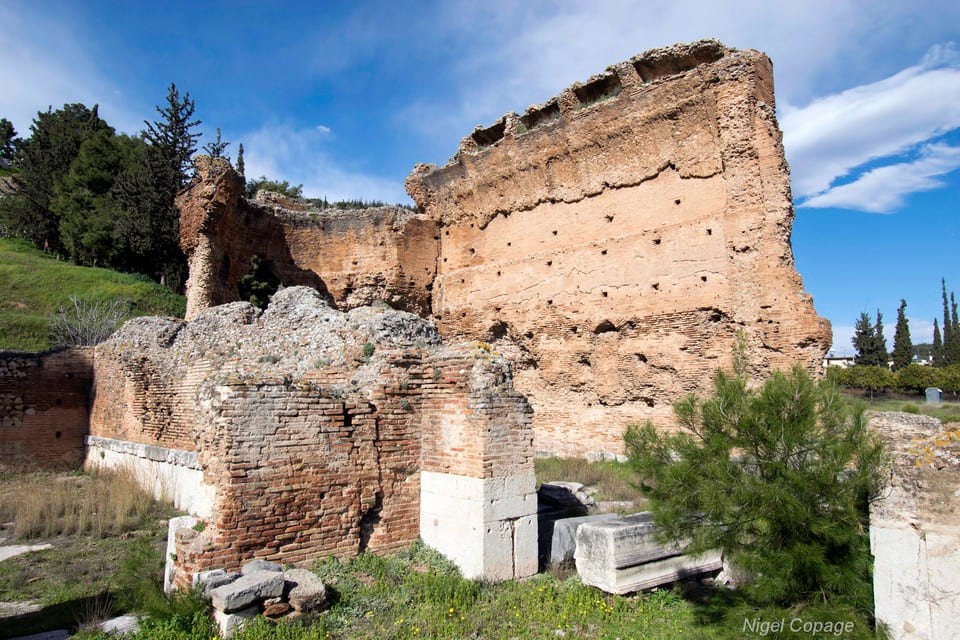
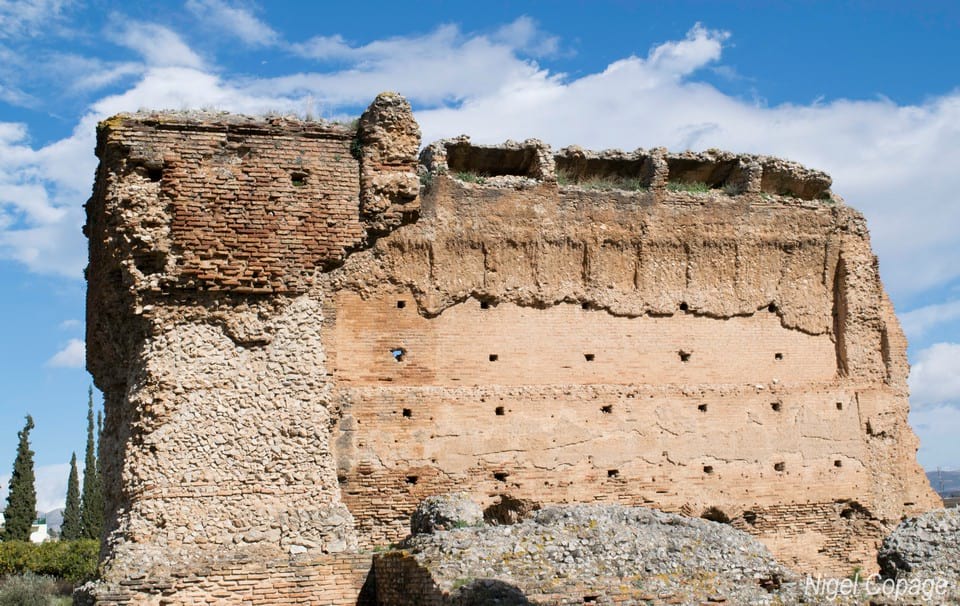
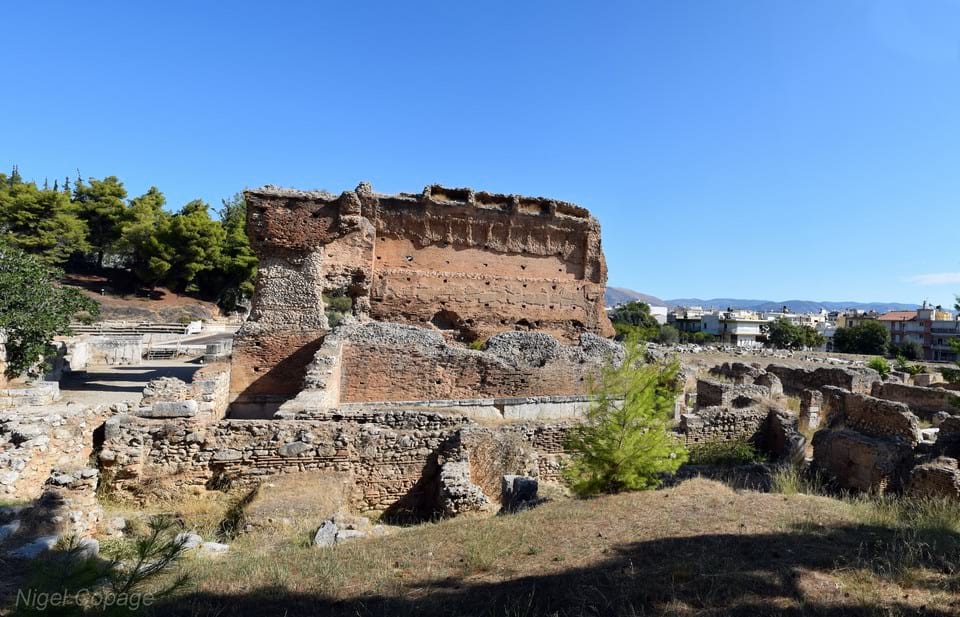
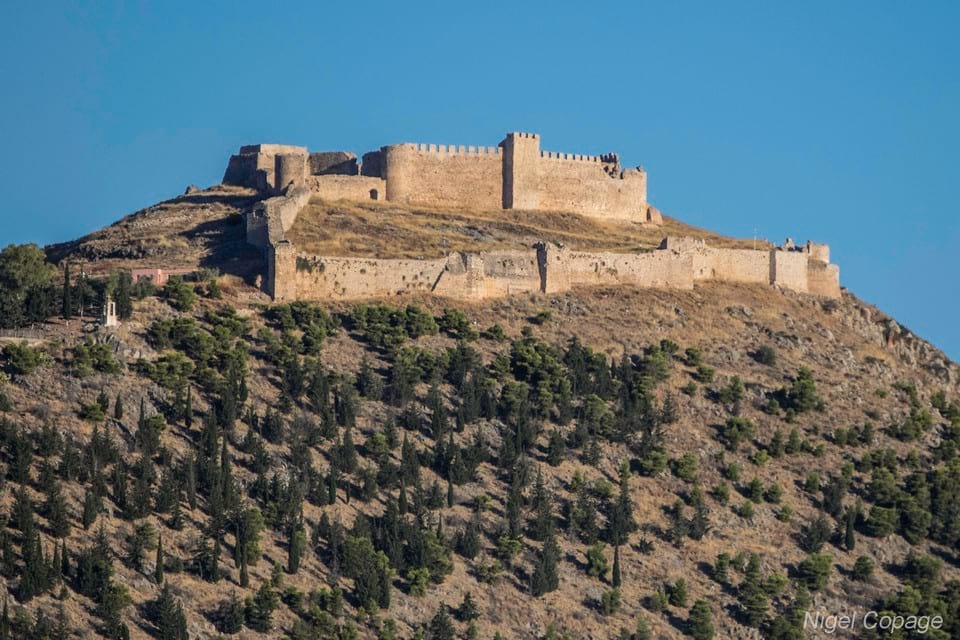 Larisa Castle
Larisa Castle
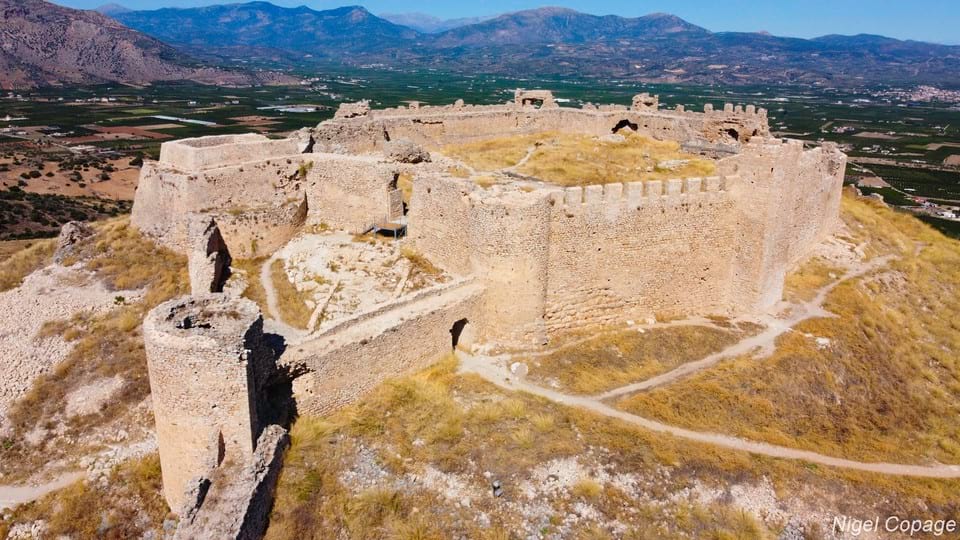 Larisa Castle
Larisa Castle
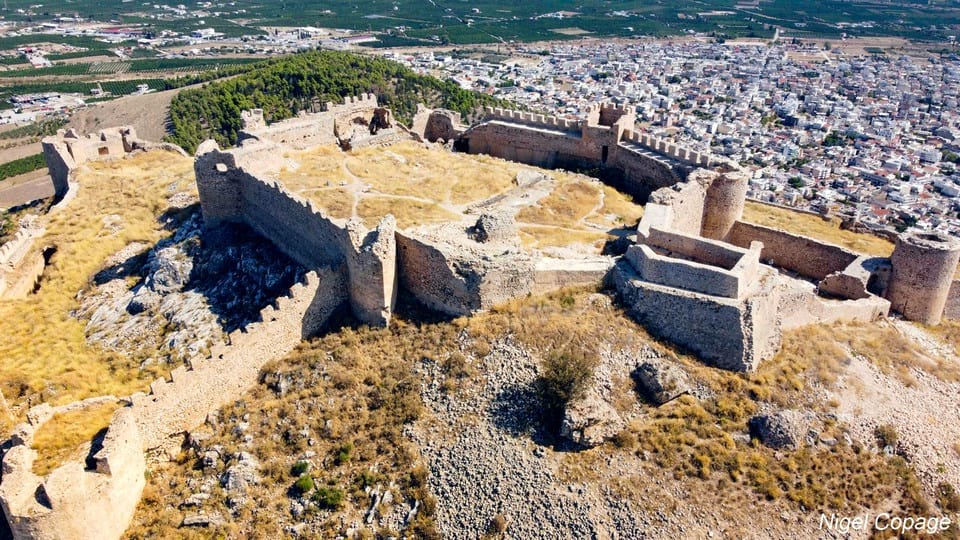 Larisa Castle
Larisa Castle
